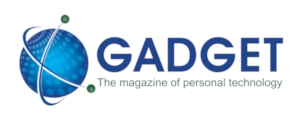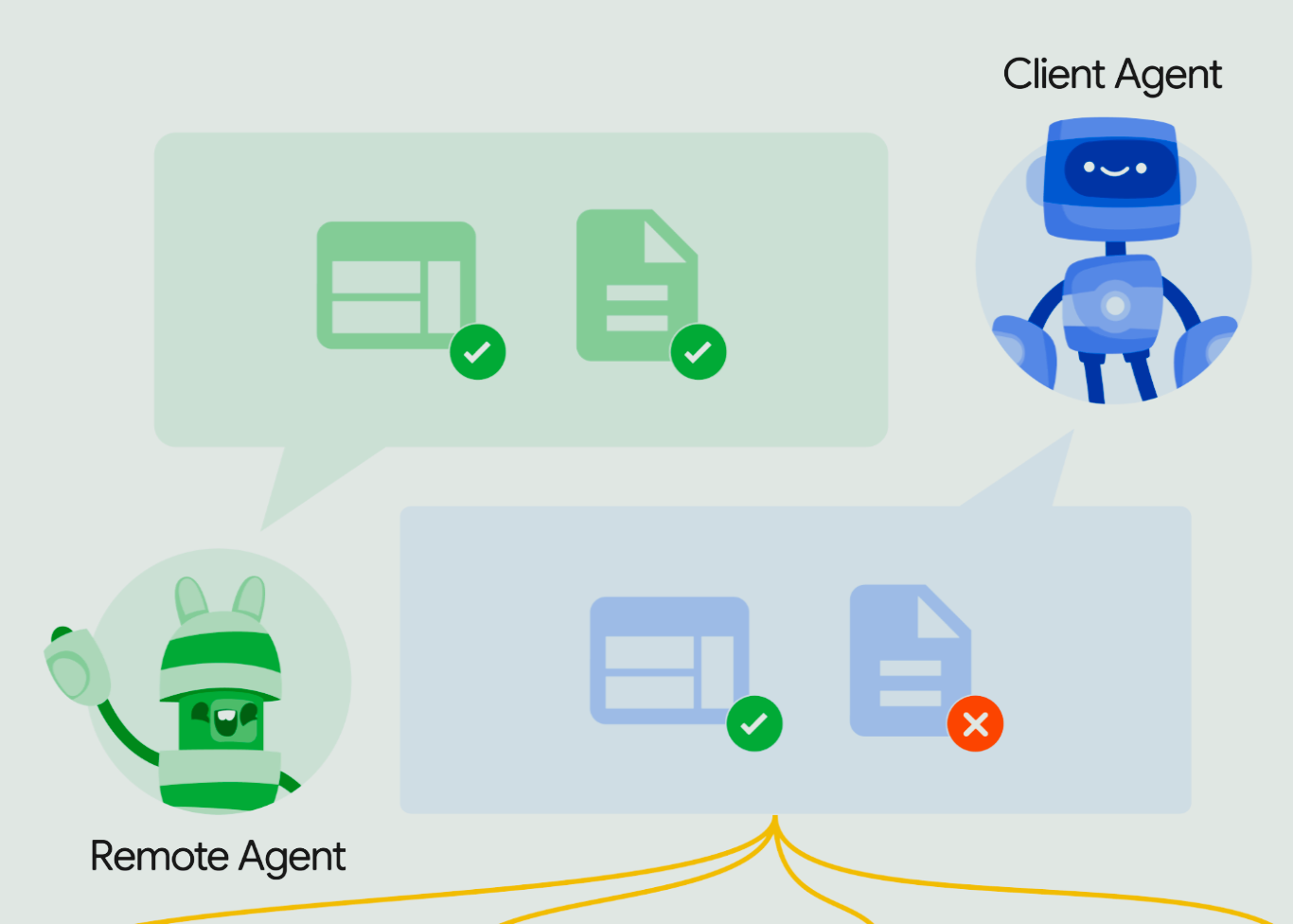Product of the Day
AI Agents start speaking the same language
AI agents are multiplying, but they still speak different languages. Google wants to change that, reports ARTHUR GOLDSTUCK from the Google Cloud Next conference in Las Vegas.
The average worker might never notice when one AI agent books a meeting and another chases down a missing invoice, in the coming world of “agentic AI”. But behind the scenes, chaos is brewing, if those agents cannot work together without needing to be built on the same system. Google intends to change that, it said at the Google Cloud Next conference in Las Vegas yesterday.
Google announced the new Agent2Agent protocol, or A2A, a new open standard designed to allow AI agents to interoperate regardless of who built them. At first glance, it might sound like a niche technical development. But the ramifications stretch across every enterprise where tasks are automated, from HR to IT, logistics to finance.
“AI agents offer a unique opportunity to help people be more productive by autonomously handling many daily recurring or complex tasks,” said Rao Surapaneni, vice president and general manager of Google. “To maximize the benefits from agentic AI, it is critical for these agents to be able to collaborate in a dynamic, multi-agent ecosystem across siloed data systems and applications.”
At its heart, A2A is an open-source communication standard that allows agents to share tasks, exchange information securely, and coordinate actions even when they’re built on different platforms. Surapaneni frames it not as a new product, but as shared plumbing.
“A2A empowers developers to build agents capable of connecting with any other agent built using the protocol and offers users the flexibility to combine agents from various providers,” he said.
The initiative is backed by over 50 technology partners, ranging from enterprise staples like SAP and ServiceNow to strategy firms, including Accenture and McKinsey. Their shared aim: build the foundation for what Surapaneni calls “true multi-agent collaboration.”
The timing is deliberate. As more companies turn to autonomous agents to help handle everything from onboarding new employees to managing supply chains, their usefulness is increasingly limited by their inability to interact. Many operate like silos, unable to coordinate unless manually integrated.
A2A is built on web-friendly standards like HTTP, SSE and JSON-RPC, and the protocol is designed to be straightforward for developers to adopt. It’s also secure by default, supporting authentication schemes on par with OpenAPI.
“We’ve ensured parity with OpenAPI’s authentication schemes, so organisations can deploy agents with confidence, knowing that their data and transactions are protected,” said Surapaneni.
Beyond the basics of secure messaging, A2A introduces a more sophisticated way for agents to identify each other’s strengths. Each agent can publish an “Agent Card” – a digital capability profile in JSON format – so others know what it can do. When a task needs to be completed, the agent with the right skillset can be called in.
The tasks themselves follow a structured lifecycle. Whether it’s a quick database query or a research task that takes several days, A2A allows agents to update one another in real time, share outputs – called “artifacts” – and keep users informed.
“We designed A2A to support scenarios where it excels at completing everything from quick tasks to deep research that may take hours and or even days when humans are in the loop,” said Surapaneni.
A modality-agnostic design makes A2A especially forward-looking. Most current AI protocols are built around text-based interaction. A2A is already designed to accommodate audio and video, paving the way for agents that can operate in immersive environments, from customer support kiosks to smart manufacturing.
“The agentic world isn’t limited to just text,” said Surapaneni. “That’s why we’ve designed A2A to support various modalities, including audio and video streaming.”
This ability to negotiate how information is exchanged – in what format and with what user interface – is another innovation. Messages between agents include structured “parts,” allowing agents to agree on whether a form, an image, or a video is the most suitable medium for a given task.
Real-world examples bring the concept to life. In one scenario, a hiring manager uses a digital assistant to source candidates for a job. That agent connects with others who specialise in talent pools, interview scheduling, and background checks. A2A ensures the agents share data consistently and securely throughout the process.
“This is just one example of how AI agents need to collaborate across systems,” said Surapaneni.
The protocol also promises to reduce duplication of effort across organisations. If agents in different departments – say HR and Finance – can collaborate using the same task language, companies gain consistency in how requests are handled.
Surapaneni is blunt about what that means: “Interoperability is essential for realising the true value of agent-based workflows.”
Google drew on years of experience scaling its own internal agent systems, then worked with enterprise partners to stress-test its assumptions, in developing A2A. “We worked closely with our partners to ensure the protocol reflects real-world needs. We wanted to make it simple to adopt while powerful enough to handle complex workflows.”
The protocol is freely available in draft form, with documentation, sample code, and example scenarios on its website. A production-ready version is expected later this year. Crucially, it’s not just an open-source release, but an open process.
“We’re committed to building the protocol in collaboration with our partners and the community in the open,” said Surapaneni.
While A2A is focused on the enterprise today, the principles behind it could influence AI well beyond the workplace. As agents begin to populate everyday life – from smart homes to personal assistants – the need for a universal interaction language will only grow.
But the hype is easy to overstate. Standards only matter when they’re adopted, and adoption takes time. Success for A2A won’t be measured in downloads but in the fluency with which future agents handle unexpected, high-value coordination across organisational boundaries.
Still, the ambition is clear, as Surapaneni suggests: “We see this as the beginning of a new era. If agents are going to collaborate meaningfully, they need a shared language. A2A is our contribution to that future.”
* Arthur Goldstuck is CEO of World Wide Worx and editor-in-chief of Gadget.co.za. Follow him on Bluesky on @art2gee.bsky.social.




















